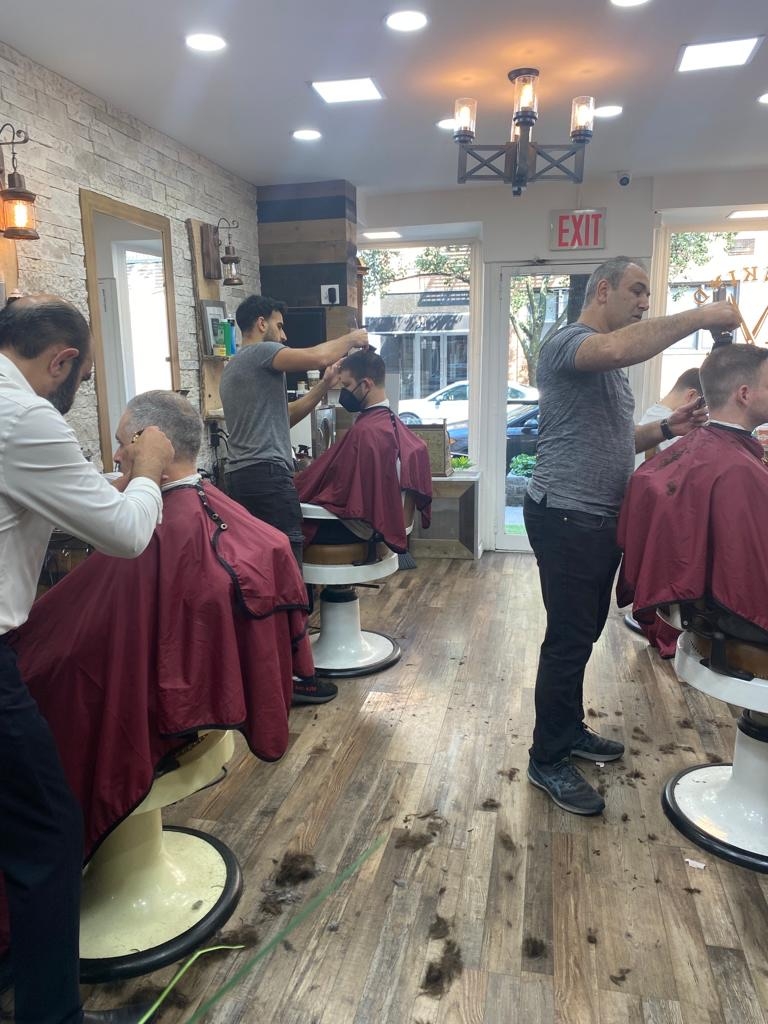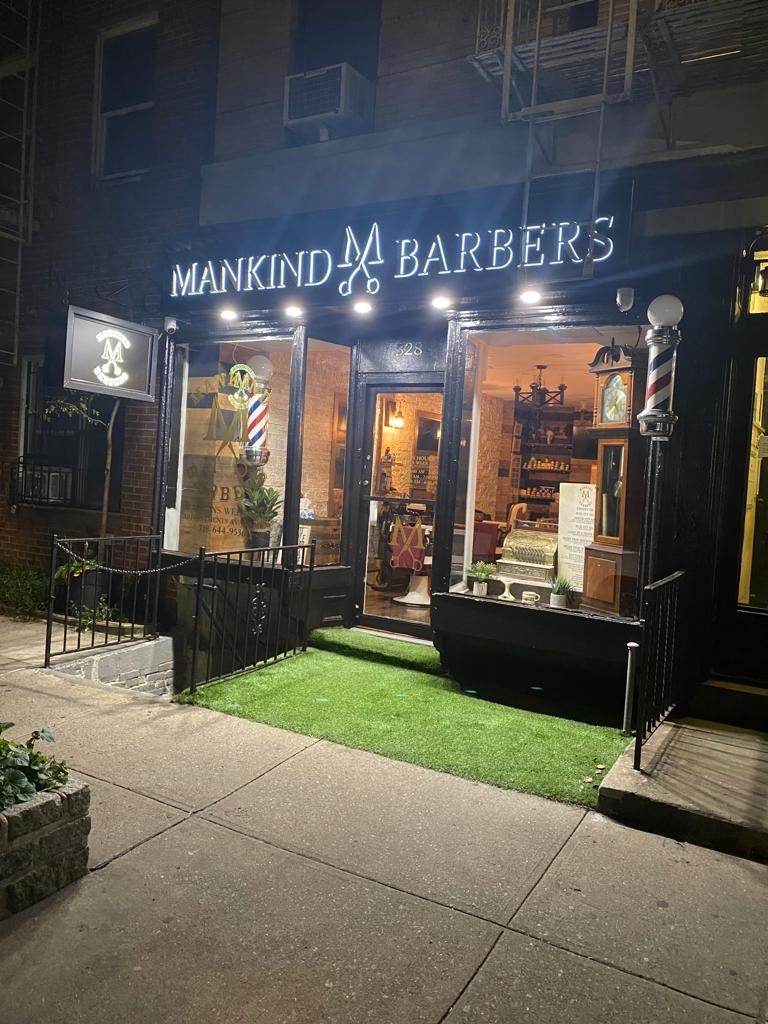Beard Growth Patterns
What are the different beard growth patterns that men typically experience?
Men typically experience different beard growth patterns such as straight, curly, wavy, or a combination of these. Some men may have a full and even growth across their face, while others may have patchy or uneven growth in certain areas. The growth pattern can also vary in terms of density and thickness, leading to a wide range of beard styles and appearances.



